The Rocco Forte Hotel de Russie enjoys a prime location in the heart of Rome, Italy. Situated on Via del Babuino 9, it finds itself between the iconic Spanish Steps and the bustling Piazza del Popolo. This central position allows guests convenient access to Rome's most sought-after attractions, designer fashion houses, and the renowned Via Condotti shopping street.
This prestigious 5-star hotel offers a haven of tranquility amidst the bustling city. Guests can unwind in the hotel's peaceful garden, a true oasis in the heart of Rome. The property boasts a gourmet restaurant renowned for its culinary excellence. Spacious and elegantly appointed rooms provide a luxurious retreat, featuring a tasteful blend of classic and contemporary design. Additional facilities likely include a bar, spa, and business center, with a fitness center likely available as well Secluded Garden: A peaceful oasis amidst the urban energy, the hotel's garden provides a picturesque escape for relaxation or alfresco dining. The hotel boasts a renowned restaurant, where guests can indulge in exquisite culinary experiences. Spacious and elegantly appointed rooms blend classic and contemporary styles, ensuring a comfortable and stylish stay. While information on all amenities may not be readily available online, the hotel likely features a bar, spa, business center, and likely a fitness facility, catering to guests' various needs.
Rocco Forte Hotels played a significant role. Founded in 1993 by the esteemed hotelier Sir Rocco Forte, the Rocco Forte Hotels group owns and operates a collection of luxury hotels strategically located across Europe. For a more comprehensive picture of the Hotel de Russie's investment story, consider contacting Rocco Forte Hotels directly or delving into hospitality industry publications that might cover past acquisitions or renovations undertaken for the property.
The Rocco Forte Hotel de Russie in Rome boasts a fascinating confluence of architectural and design eras. Its history unfolds through the distinct contributions of two key figures: Giuseppe Valadier, Architect the 19th century witnessed the creation of the hotel's foundational structure under the vision of the esteemed architect Giuseppe Valadier. His architectural style likely reflected the prevailing trends of the period, potentially incorporating elements of Neoclassicism or Romanticism. Tommaso Ziffer and Olga Polizzi, Interior Design fast forward to the late 20th century, and the hotel's transformation into a modern haven is credited to the collaborative efforts of architect Tommaso Ziffer and Olga Polizzi, Design Director of Rocco Forte Hotels. Their vision for the interior spaces resulted in an eclectic blend of international hotelierie styles, seamlessly integrating contemporary elements with the timeless elegance of Valadier's architecture.
The Hotel de Russie's rich tapestry of design influences presents a compelling canvas for a variety of professional storytelling endeavors: Historical Fiction delve into the life and times of Giuseppe Valadier, exploring the architectural landscape of 19th century Rome and the motivations behind the hotel's initial design. Alternatively, craft a narrative set during the hotel's early days, weaving a fictional tale against the backdrop of its illustrious clientele. Architectural Exploration conceive a non-fiction piece that delves into the architectural evolution of the Hotel de Russie. This could involve a detailed analysis of Valadier's original design principles and how they have been thoughtfully preserved or reinterpreted in the contemporary iteration by Ziffer and Polizzi. Luxury Travel Feature craft a captivating article for a high-end travel publication. Highlight the hotel's unique blend of historic charm and modern luxury, showcasing the visionary work of both Valadier and the Rocco Forte design team. Interior Design Case Study for a professional audience within the design industry, a detailed case study exploring the masterful fusion of classic and contemporary aesthetics achieved by Ziffer and Polizzi in the Hotel de Russie's interiors could be a valuable contribution.

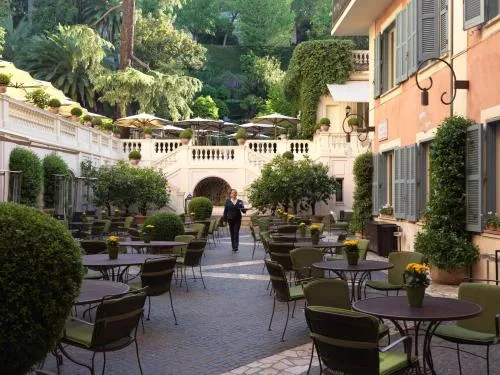





.jpeg)








.jpg)

.jpeg)



















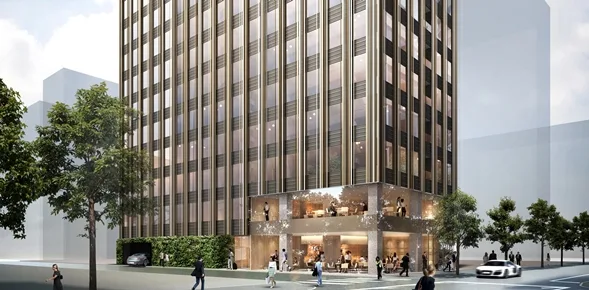



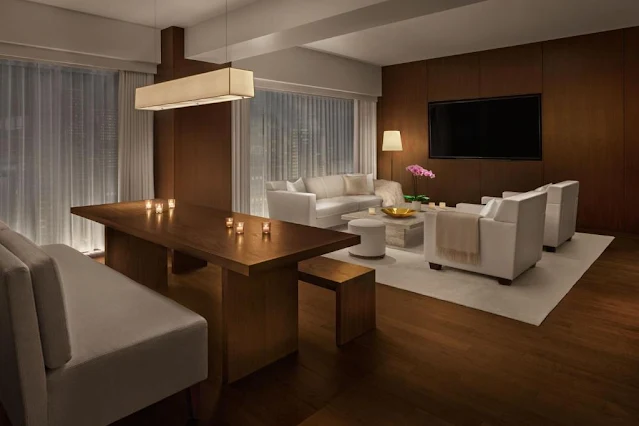














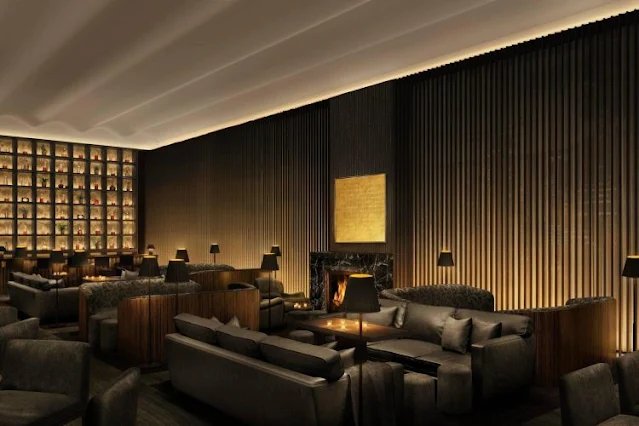





.jpg)







.jpg)




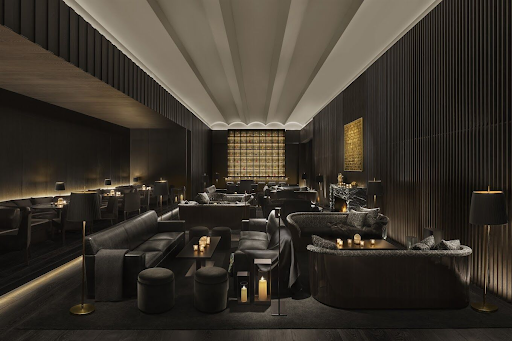












.jpeg)

